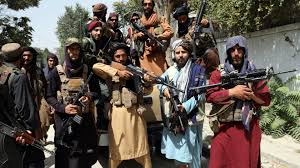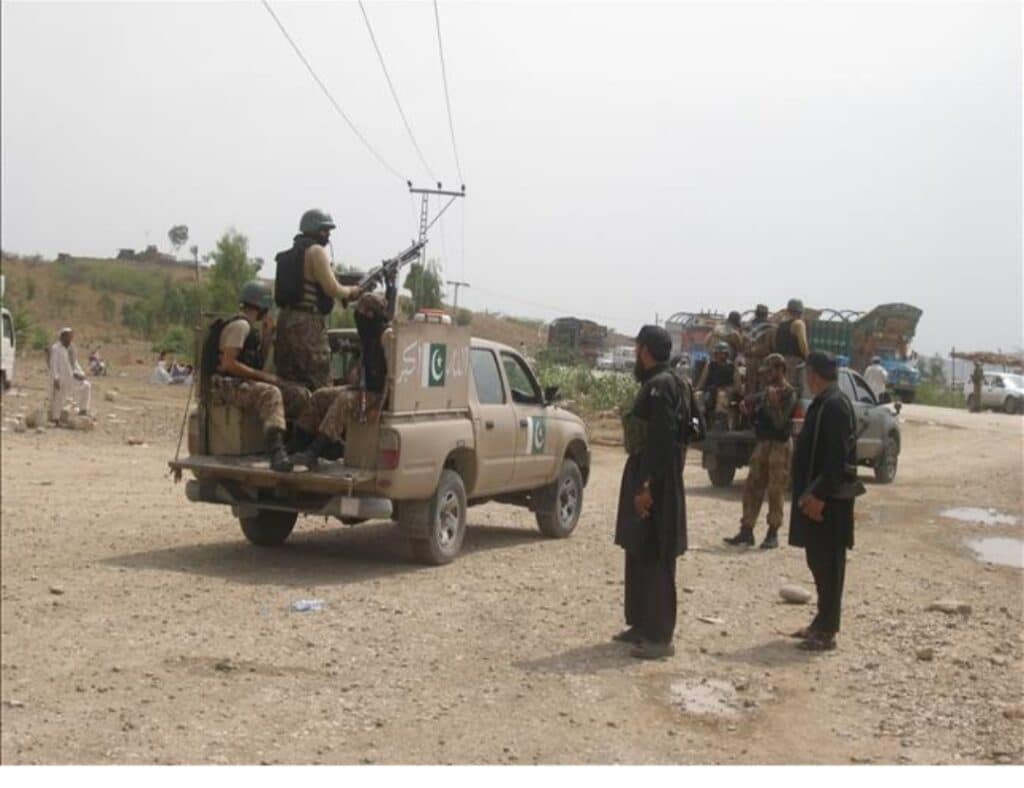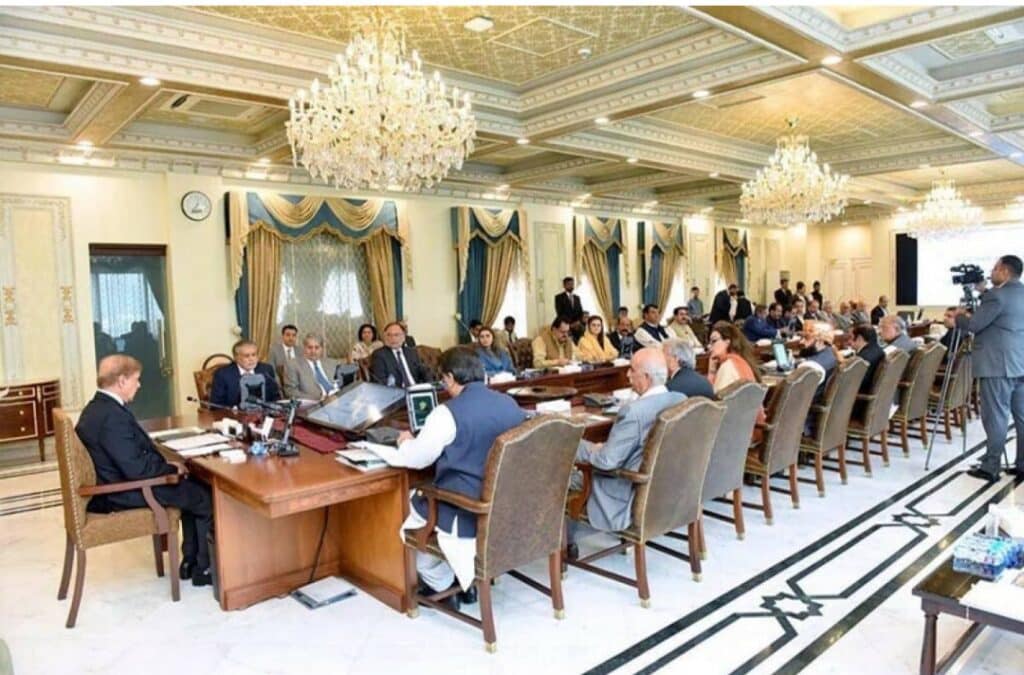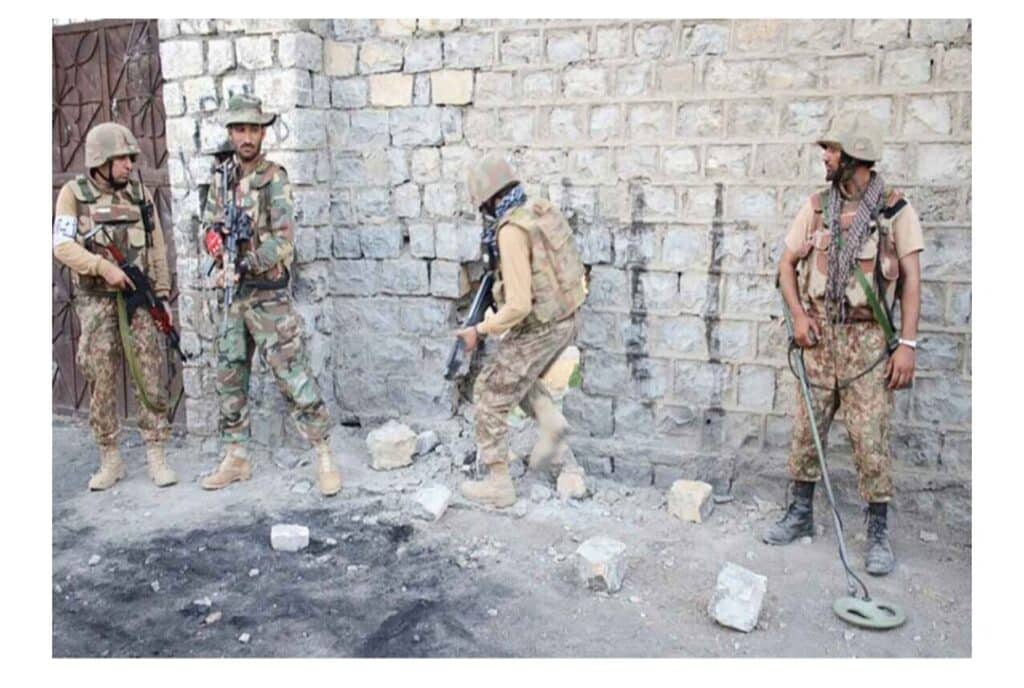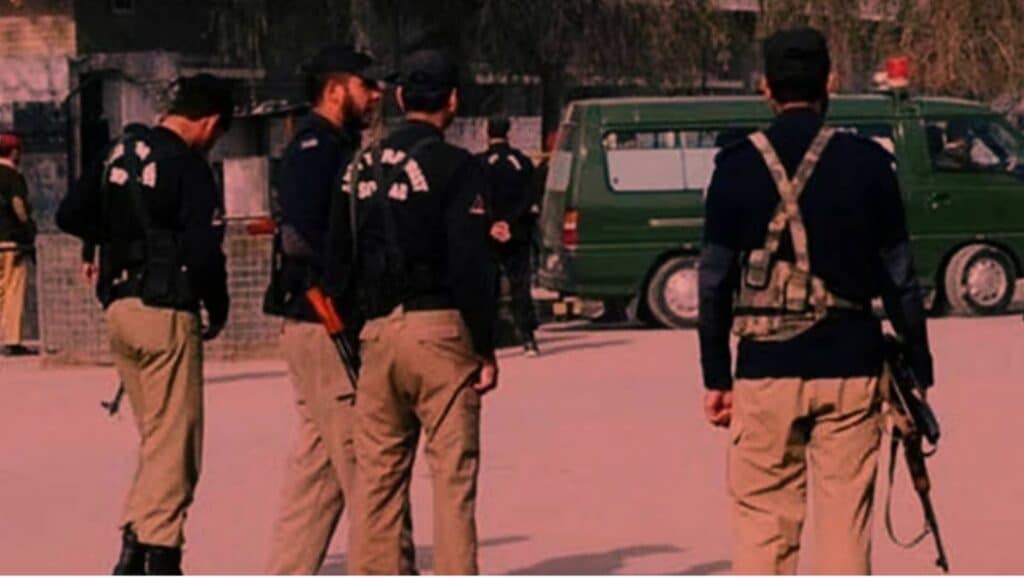Afghanistan’s illegal arms trade is a long-standing issue that has its roots in the Soviet-Afghan War (1979-1989) and the subsequent civil war. Even before the Taliban took control of the country in August 2021, millions of weapons were already in circulation, most of which were Soviet and Chinese-made.
The Soviet invasion of Afghanistan in 1979 led to the supply of arms by global powers to various Afghan factions, a process that continued into the 1990s. This influx of weapons made it easier for civilians and insurgent groups to obtain arms. By 2018, over 4 million illegal weapons were estimated to be in Afghanistan.
Following the Taliban’s complete control of the country, there have been growing concerns in the international community about the illegal spread of modern weaponry, which could pose a significant threat to regional security. In response, the Small Arms Survey launched a secret international expert advisory process from November 2021 to January 2022, aimed at assessing and mitigating the risks posed by the spread of weapons in the hands of the Taliban.
According to the Small Arms Survey, despite the Taliban’s efforts to control weapons, smuggling continues, especially with the “possible” silent consent of low-ranking Taliban officials. The report also revealed that weapons abandoned by the U.S. were being smuggled and sold, further arming terrorist groups such as Al-Qaeda and the Tehrik-i-Taliban Pakistan (TTP).
Since the Taliban’s takeover, illegal arms sales and smuggling have surged. A large quantity of weapons, ammunition, and military equipment seized from the Afghan National Defense Forces (ANDF) has not only been distributed among various Taliban factions but has also been sold through informal networks. Initially, the Taliban had no comprehensive policy for managing these arms, but they later attempted to create a centralized system for licensing weapons. However, this initiative has not been uniformly implemented across the country, with various provinces adopting different methods for arms control.
Particularly in areas where Taliban commanders had gained weapons due to military victories, they considered the arms their personal property, rejecting central government interference.
Even within the Taliban’s top leadership, there is a power struggle regarding weapon control. A clear rift has emerged between Taliban Supreme Leader Hibatullah Akhundzada and Interior Minister Sirajuddin Haqqani. In November 2024, Akhundzada issued a decree granting him final authority over the distribution of military equipment, including arms, ammunition, and night-vision devices. This move underscores the Taliban’s internal efforts to consolidate power, although many local commanders have resisted implementing this decree.
While the Taliban officially claims to have imposed a ban on illegal arms trading, investigations show that several high-ranking commanders are deeply involved in this illegal business. Arms markets remain active, particularly in southern and eastern Afghanistan, indicating that the Taliban government has failed to curb these activities.
At the Afghanistan-Pakistan border, there has been a significant rise in the prices of American and NATO-made weapons. For example, the price of an M4 rifle increased by 13%, from $1,787 in 2022 to $3,813 in 2024. Similarly, the price of an M16 rifle surged by 38%, now costing $2,434. On the other hand, prices for Chinese-made Type 56 rifles have seen a slight decrease, indicating that these weapons are becoming more widely available in the market.
There is a close relationship between drug and arms smuggling in Afghanistan. Despite the Taliban’s 2022 ban on poppy cultivation, several commanders have secretly engaged in the drug trade. Reports suggest that high-ranking Taliban officials have used the profits from the drug trade to purchase weapons. Terrorist groups such as the TTP also utilize drug revenues to fund their arms purchases. In areas like South Waziristan and Khyber Pakhtunkhwa, a joint trade in drugs and arms continues under the Taliban’s supervision, with local traders involved in the business, paying hefty commissions.
The illegal arms trade and internal conflicts within the Taliban are emerging as significant threats to international peace and security. Afghanistan has become a crucial source of weapons for terrorist groups, further exacerbating militant activities across the region.
In conclusion, Afghanistan’s weaponry crisis, coupled with internal power struggles and the illicit drug trade, presents a severe and growing challenge to both national and regional stability. As arms continue to flow illegally, the country risks becoming a hotbed for further terrorism and conflict, with global implications.

